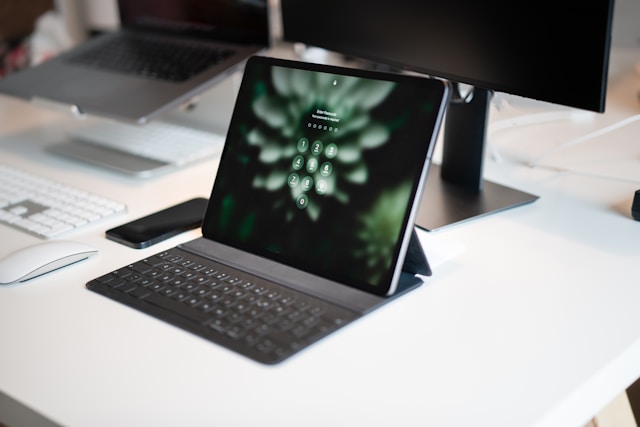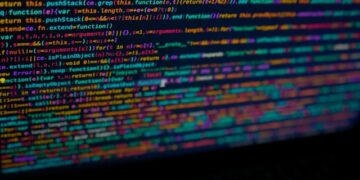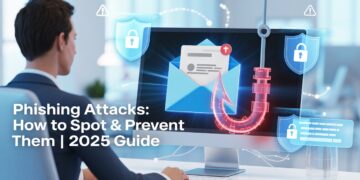Protecting your Linux system starts long before you log in, it begins at boot. One often-overlooked security measure is setting a GRUB password to prevent unauthorized users from editing boot entries, entering single-user mode, or bypassing security policies.
As of 2025, cyber threats and local access vulnerabilities have made securing the GRUB (GRand Unified Bootloader) more important than ever especially for servers, shared machines, and dual-boot systems. In this guide, we’ll explain why GRUB passwords matter, how to set them properly, and how to troubleshoot them with hands-on insights from real-world Linux administration experience.
What Is GRUB and Why Does It Need a Password?
GRUB is the bootloader that controls how your operating system starts. When you turn on a Linux machine, GRUB presents the menu that lets you choose which kernel or OS to load.
By default, anyone with physical access to your computer can:
-
Edit GRUB entries at boot (for example, removing “quiet splash” or adding
init=/bin/bash). -
Enter single-user mode, gaining root access without a password.
-
Boot into recovery or debugging modes that bypass normal security restrictions.
Setting a GRUB password prevents this by locking boot entry edits and access to sensitive commands.
How GRUB Passwords Work (Explained Simply)
GRUB doesn’t store your password in plain text. Instead, it uses a hashed password that’s defined inside the /etc/grub.d/40_custom file. When you boot, GRUB compares your typed password against that hash before granting administrative access.
This means:
-
No one can recover the password from the config file only reset it.
-
Even with root access, attackers can’t view the password itself.
-
The protection starts before the OS loads, which is why it’s powerful.
Step-by-Step: How to Set a GRUB Password in 2025
Below is the updated, secure method compatible with Ubuntu 24.04, Fedora 40, Debian 12, and other modern Linux distributions (as of 2025).
Step 1: Open Terminal as Root or Use Sudo
You’ll need administrative privileges. Open a terminal and switch to root mode:
Step 2: Generate a Secure GRUB Password Hash
Use the grub-mkpasswd-pbkdf2 command:
You’ll be prompted to enter and confirm your desired GRUB password.
Once done, you’ll get an output like this:
Copy the entire hash string you’ll need it next.
Step 3: Edit the GRUB Custom Configuration File
Open /etc/grub.d/40_custom with a text editor:
Add the following lines at the top:
Replace "admin" with your preferred username, and paste your copied hash.
Save and exit (Ctrl + O, Enter, Ctrl + X for Nano).
Step 4: Update the GRUB Configuration
Now rebuild your GRUB configuration to apply changes:
Or for Fedora-based systems:
Step 5: Reboot and Test
Restart your system. When the GRUB menu appears, press e to edit you’ll now be prompted to enter your GRUB username and password before gaining access.
If it boots normally, your configuration was successful.
Troubleshooting Common GRUB Password Issues
Problem |
Possible Cause |
Fix |
|---|---|---|
GRUB doesn’t ask for a password |
The set superusers line is missing or misplaced |
Recheck your /etc/grub.d/40_custom file syntax |
Locked out of GRUB |
Forgotten password |
Boot from a live USB, mount your system partition, and remove password lines |
Hash not recognized |
Incorrect copy or formatting error |
Regenerate hash and paste carefully without line breaks |
System won’t boot |
Misconfigured syntax |
Restore /boot/grub/grub.cfg from backup or run grub-install again |
Advanced: Using Encrypted GRUB with TPM or Secure Boot
As of 2025, enterprise Linux distributions (like RHEL 9 and Ubuntu Server 24.04 LTS) support TPM 2.0 integration and Secure Boot, adding extra protection layers beyond passwords.
Here’s how they compare:
Security Method |
Protection Level |
Recommended For |
|---|---|---|
Basic GRUB Password |
Prevents unauthorized edits |
Personal or shared computers |
GRUB + TPM Integration |
Verifies boot integrity |
Business workstations |
GRUB with Secure Boot |
Prevents unsigned kernel modifications |
Enterprise servers & compliance systems |
For home or small business users, a GRUB password alone provides strong defense against physical tampering but combining it with TPM adds boot-level integrity checking, which has become the 2025 industry standard.
People Also Ask
1. What happens if I forget my GRUB password?
You’ll need to boot from a live Linux USB, mount your root partition, and manually edit /etc/grub.d/40_custom to remove or reset the password hash.
2. Can I use multiple GRUB users?
Yes. You can define multiple set superusers and password_pbkdf2 lines for different users. Just be sure each has a unique username.
3. Is setting a GRUB password enough for full security?
Not completely. It prevents local tampering, but full security requires disk encryption, strong BIOS passwords, and regular OS updates.
4. How do I remove the GRUB password later?
Simply delete or comment out the set superusers and password_pbkdf2 lines from /etc/grub.d/40_custom, then run sudo update-grub.
Final Thoughts
Setting a GRUB password is one of those small yet powerful actions that significantly hardens your Linux system’s security. It creates a vital line of defense against unauthorized system access, especially on shared or physical-access machines.
As of 2025, with increasing reliance on remote workstations, cloud-edge devices, and hybrid servers, ensuring boot-level security is no longer optional, it’s essential. By taking 10 minutes to configure a GRUB password, you’re proactively closing one of the most overlooked vulnerabilities in Linux environments.










